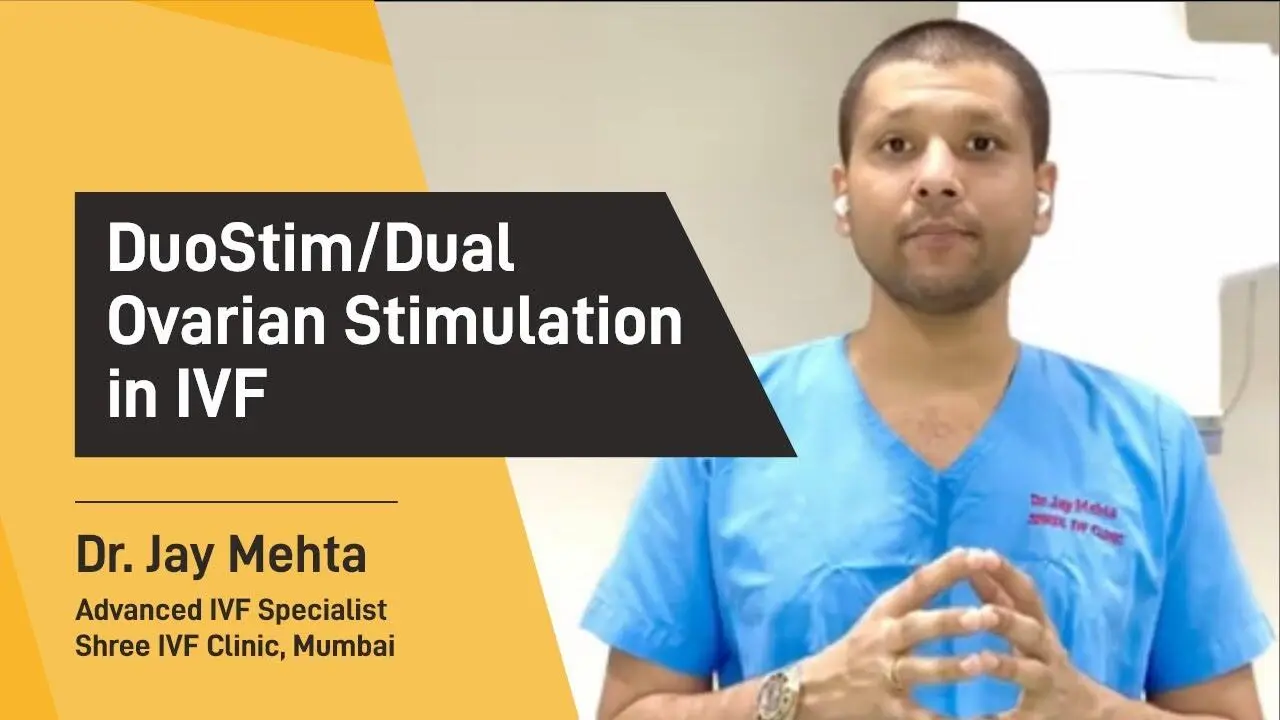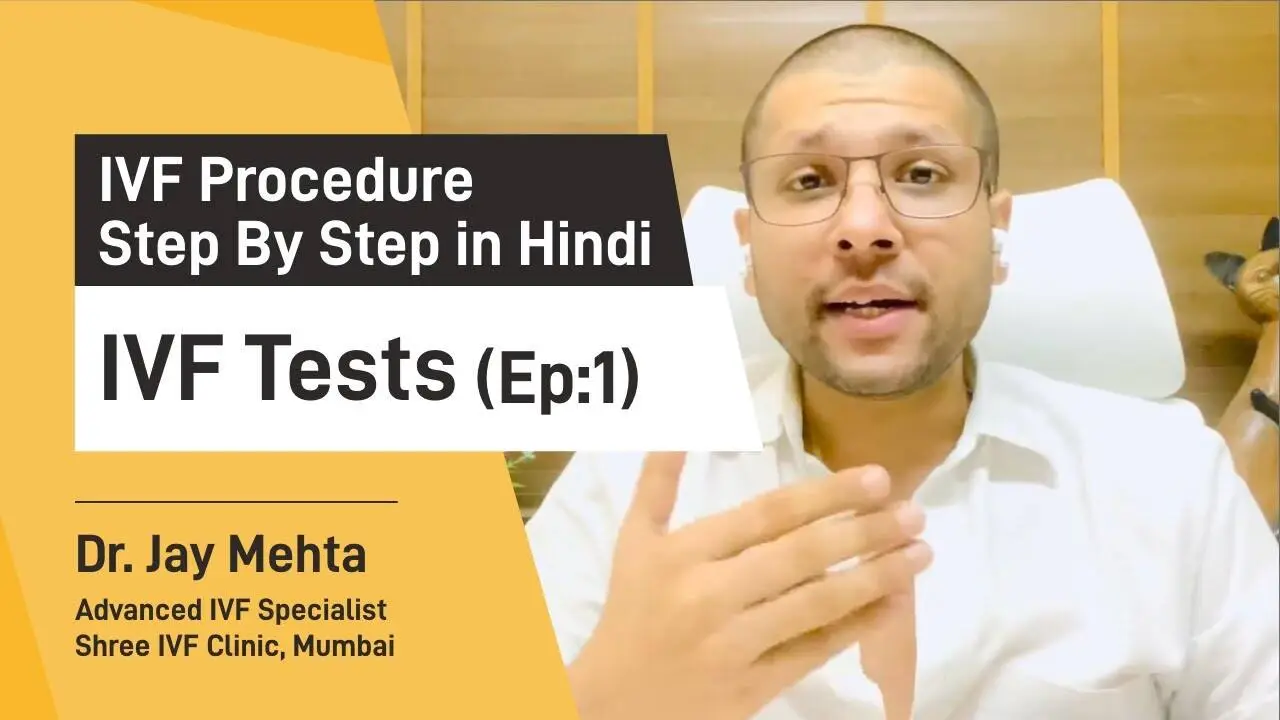Fresh vs. Frozen Embryo Transfer in IVF
UPDATED ON 10TH AUG. 2024
Should IVF Involve Fresh Transfers or Frozen Transfers?
The debate between fresh and frozen embryo transfers in IVF has been ongoing for years, with numerous studies and expert opinions weighing in. Today, we explore the various facets of this debate to provide clarity and guidance on the optimal approach for different patient categories.
AUTHOR
Dr Jay Mehta
Scientific Director & IVF Specialist with 10+ years of experience
TREATMENT
GET IN TOUCH ON
The Role of Freezing in IVF
Freezing, or vitrification, has revolutionized assisted reproductive technology. This technique has significantly reduced the risk of ovarian hyperstimulation syndrome (OHSS) and improved the flexibility of IVF treatments. However, the question remains: Should all embryos be frozen, or is there still a place for fresh embryo transfers?
Benefits of Freezing All Embryos
Freezing all embryos can be particularly beneficial in certain scenarios. For hyper-responders, where the risk of OHSS is high, freezing all embryos allows the body to recover before transferring embryos in a later cycle. Studies and reviews, including those from Cochrane, support the efficacy of freeze-all strategies in improving clinical live birth rates in these cases.
Freezing embryos can also provide benefits in terms of timing and patient convenience. Patients traveling from abroad or distant locations can benefit from a planned frozen embryo transfer (FET) cycle, reducing the time spent in the treatment location. Furthermore, the cumulative live birth rate tends to be higher with FET due to the optimal synchronization between the embryo and the endometrium.
Considerations for Fresh Transfers
Despite the advantages of freezing, fresh embryo transfers still hold significant value, especially in certain patient groups. For normal and poor responders, fresh transfers can be a viable option. In these cases, if the estrogen (E2) levels are less than 1,500 pg/ml and progesterone levels are stable, fresh transfers can be considered.
Fresh transfers are also beneficial in terms of cost and time. The process of freezing and thawing embryos can add to the overall cost of IVF treatment. Additionally, fresh transfers can reduce the time to pregnancy, which is crucial for patients with limited time or those who prefer to complete the treatment in one cycle.
However, fresh transfers are not without their challenges. The stimulation protocols and the impact of gonadotropins on the endometrium can affect implantation rates. Abnormal LH pulsatility induced by HMG during stimulation can lead to a defective corpus luteum, necessitating a strong luteal phase support. In such scenarios, a modified natural cycle for FET may offer better synchronization and outcomes.
The Economic and Logistical Factors
Cost is a significant factor in the decision between fresh and frozen transfers. While the cost of vitrification is relatively low, it can add up, especially in clinics performing a high volume of cycles. For clinics in Tier 2 and Tier 3 cities, where the number of cycles per month is lower, batching IVF cycles can be a cost-effective strategy. This approach can help optimize resources and improve the efficiency of the embryology lab.
Moreover, the availability of skilled embryologists is a critical factor. The success of vitrification and thawing depends on the expertise of the embryology team. In regions where access to highly skilled embryologists is limited, fresh transfers may be a safer and more practical option.
Clinical and Perinatal Outcomes
One of the primary concerns with fresh embryo transfers is the potential impact on clinical and perinatal outcomes. In fresh transfers, the presence of a corpus luteum can reduce the risk of preeclampsia and macrosomia compared to HRT-stimulated FET cycles. This presence helps maintain a more natural hormonal environment, which can be beneficial for pregnancy outcomes.
Making the Decision: Fresh vs. Frozen
The decision to opt for fresh or frozen embryo transfers should be individualized based on the patient’s response to stimulation, hormonal levels, and specific circumstances. For hyper-responders at risk of OHSS, freezing all embryos is clearly advantageous. This approach minimizes the risk of complications and provides a safer environment for future embryo transfer.
For normal and poor responders, fresh transfers can be considered, provided the hormonal environment is conducive. Fresh transfers can reduce the time to pregnancy and overall costs, making them a practical option for many patients. However, it is crucial to monitor hormone levels and endometrial conditions to ensure optimal timing and conditions for implantation.
The Future of IVF: Combining Approaches
As IVF technology advances, the lines between fresh and frozen transfers are becoming increasingly blurred. Combining the strengths of both approaches can offer the best outcomes for patients.
For instance, starting with a fresh transfer for suitable candidates and then utilizing frozen transfers for subsequent cycles or for those requiring genetic testing can optimize the overall success rates. This strategy allows for flexibility and personalization in treatment plans.
Patients can benefit from the immediate transfer of a fresh cycle while also having the option to use frozen embryos for future attempts. This combined approach maximizes the chances of successful implantation and pregnancy, catering to the unique needs and circumstances of each patient. By leveraging both fresh and frozen transfer techniques, fertility specialists can provide comprehensive care and improve the likelihood of achieving a successful pregnancy.
Wrapping Up
The debate between fresh and frozen embryo transfers is multifaceted, with valid arguments on both sides. Freezing all embryos provides significant benefits in terms of reducing OHSS risk, improving synchronization, and offering flexibility in treatment timing. However, fresh transfers remain a viable and sometimes preferable option for certain patient groups, especially in terms of cost and time efficiency.
AUTHOR
Dr Jay Mehta
Scientific Director & IVF Specialist with 10+ years of experience
TREATMENT
CALL US 24/7 FOR ANY HELP
GET IN TOUCH ON
Share Article on
Recommended Reading
DuoStim/ Dual Ovarian Stimulation in IVF
DuoStim is an option for women with low AMH, providing stimulation twice in one cycle from days 2-4 of their period to enhancing the chance for egg retrieval
Everything You Need to Know About IVF Tests
IVF tests performed before undergoing IVF include sonography, AMH, thyroid tests, and semen analysis to ensure a successful treatment process
Is There a Twin Pregnancy in IVF?
Twin pregnancies are not guaranteed with IVF. On average, only 35% of two-embryo transfers result in twins





